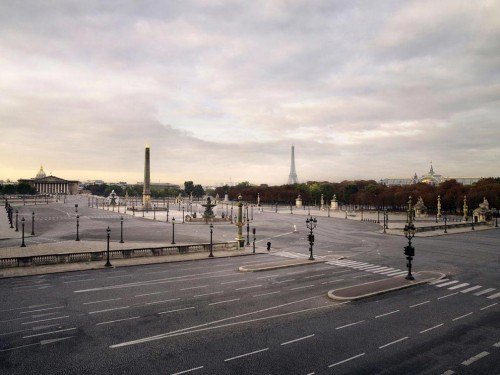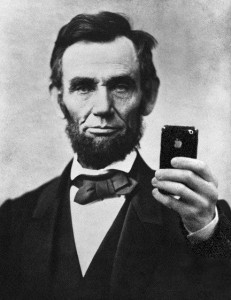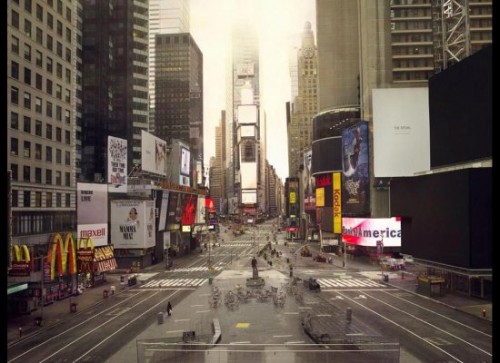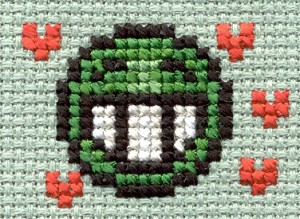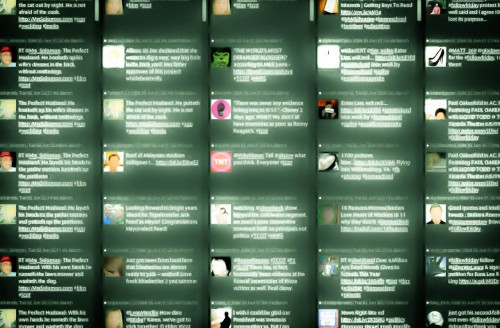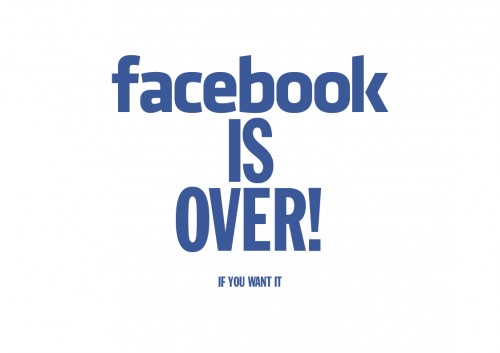This is part of a series of posts highlighting the Theorizing the Web conference, April 14th, 2012 at the University of Maryland (inside the D.C. beltway). It was originally posted on 4.6.12 and was updated to include video on 6.22.12. See the conference website for additional information.
The issue of self documentation is increasingly fertile ground for theorizing the intersection of the digital and the material, illustrating how our identities are increasingly mediated by new technologies and “digital” forms of sociality. Facebook, Twitter, Instagram, and Pinterest (as relatively new forms of sociality) produce requisite changes in our self concepts. In the digital era, identity becomes a project of coordinating, collecting, and curating; self presentation becomes a project of self documentation.
Each of these authors acknowledges the paradigmatic changes new technology (especially social networking sites like Facebook) has introduced into our self concepts. For example, Aimée Morrison looks at how norms are created, encouraged, and enforced in the digital realm of Facebook. The Facebook status update field has gone through several permutations, reflecting changing expectations and norms regarding self presentation and self documentation on this popular social networking site. Somewhat differently, Rob Horning addresses issues of power and control in the promulgation of new forms of sociality. More specifically, Horning discusses Facebook’s role in socializing users into the “digital self,” or the self as curated project. Self documentation is integral to the rise of the digital self and the destruction of the inner/private self. In addition, Jordan Frith reflects on how social media incorporates emerging GPS technology into location based social networks (LBSN) like Foursquare. Drawing from qualitative interviews with over 35 Foursquare users, Frith analyzes the impact of this LBSN on both self-presentation and self-documentation practices.
Finally, social media and the ability to self-document also changes our conception of time. As Nathan has argued, “Social media increasingly force us to view our present as always a potential documented past” (Jurgenson, 2011). In this vein, Sam Ladner addresses the proliferation of digital calendaring (MS Outlook, Google Calendar) and resultant changes such technology engenders to our conceptions and use of time. Digital calendars create new affordances but also new risks in time management.
[Paper titles and abstracts after the jump.]

